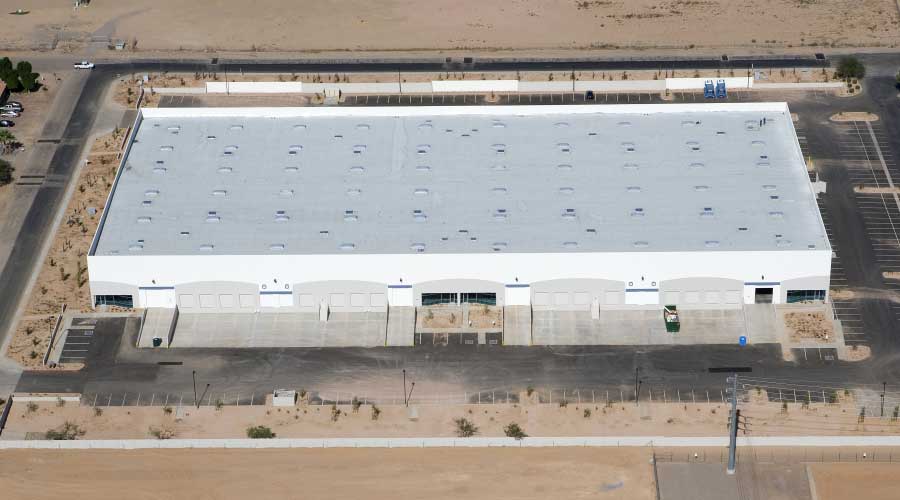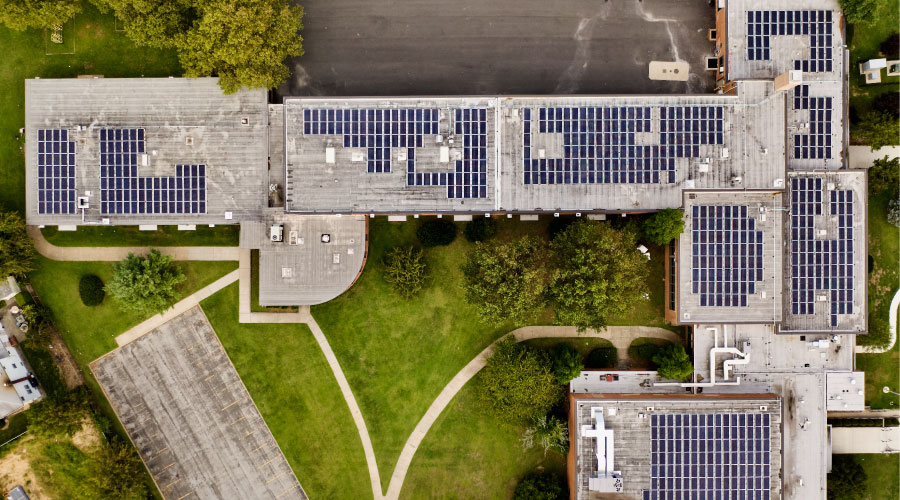Check Your Knowledge of Roof Blisters, Insulation, Low-Slope Design
Last part of a 3-part quiz that tests your knowledge of roofing issues
Other misconceptions that facility managers might have about roofing systems include such issues as roof blisters, re-covering a roof when insulation is wet, and low-slope roof designs. The following are all actual statements from facility managers. To test your roofing knowledge, answer either true or false.
10. I found several blisters on my roof during the last inspection but am just going to leave them alone for now because I know they don’t leak.
True. It is a very common misconception that a blister means an automatic leak. Although they are symptoms of a defect in the roof installation or subsequent damage, blisters themselves do not leak. It is only when they are stepped on, crack, migrate to a seam, or become very large and fragile that they need to be removed and patched. If you do leave blisters in place, you should educate your maintenance staff and vendors not to step on them, especially during cold weather, and monitor them to see if they are getting bigger or moving to a seam.
11. A manufacturer’s 20-year NDL (no dollar limit) roofing warranty guarantees that the manufacturer will repair leaks for the next 20 years at no cost to the building owner if the leak is due to material or installation defects.
True, to a point. A warranty is not an insurance policy. It is a written contract between manufacturer and building owner that limits the liability of the manufacturer in terms of what repairs or replacements will be made, defines what items exempt the manufacturer from providing remedies, and spells out obligations of the owner under the warranty. If the owner follows the warranty requirements, the manufacturer may repair or replace the roof to the extent defined in the warranty. An NDL warranty doesn’t mean there is no top limit to what the manufacturer will pay; it only means that it is not pro-rated by the time the roof has been on the building. An owner should carefully read and negotiate the terms of the warranty before accepting it.
12. No good roofing contractor will re-cover a roof that has wet insulation. An incompetent roofer will.
True. No roof should be re-covered without removing wet or damp insulation beforehand. Some building departments require a moisture survey to locate wet areas for removal to get the permit. Even if yours doesn’t, common sense (and most roofing material manufacturers) requires it. First, wet insulation has no insulating value. Second, it can deteriorate decks and fasteners, raising the likelihood of losing the roof entirely during a windstorm. Third, blisters can form in the membrane due to increased pressure in the membrane from the expansion of heated moisture vapor in summer.
13. Apart from a few minor details like roof penetrations, all low-slope roof designs are the same.
False. Roofing is far more complex than when the only choice was between a coal tar or an asphalt built-up system. Now, not only are there still both built-up systems (with choices of surfacing and variations in number of plies) but also SBS, APP, SEBS modified bitumen systems (mopped, torched, and cold applied), also with multiple choices of number of plies and type of surfacing; urethane- and silicone-coated polyurethane systems; low slope steel and aluminum metal standing seam; single-ply membrane systems, including EPDM, TPO, PVC, KEE, and a few other alloys with multiple types of installation methods; liquid-applied membranes in various flavors; and probably a few other obscure systems. There are also insurance, building, zoning, and fire code requirements, budget, owner’s length of time to hold the building, and sustainability issues. Consider hiring a roof consulting architect or engineer to design the roof, bid it out to qualified contractors, and observe construction to see if the contractor is following contract terms. n
Karen L. Warseck, AIA, LEED AP, is a registered architect and president of Building Diagnostics Associates. She is a contributing editor for Building Operating Management. She can be reached at kwarseck@buildingdiagnostics.com.
Related Topics:














